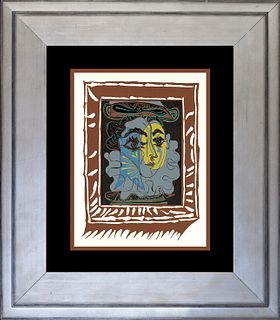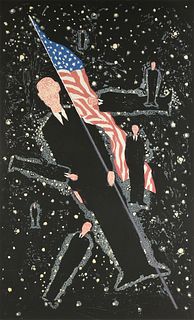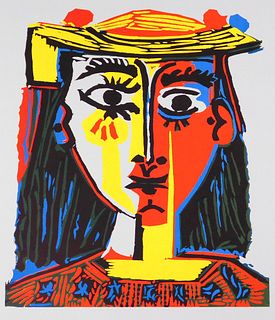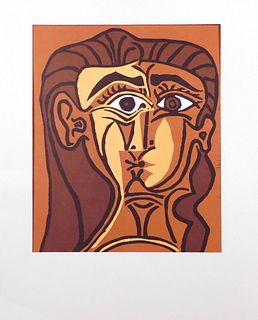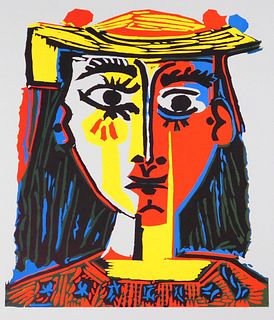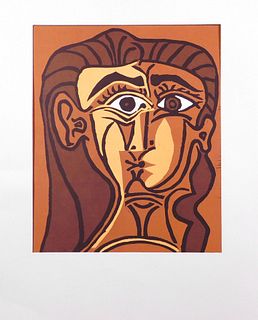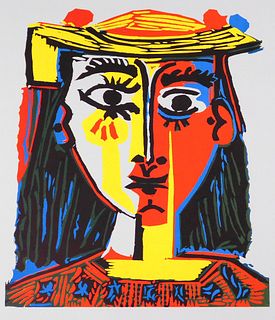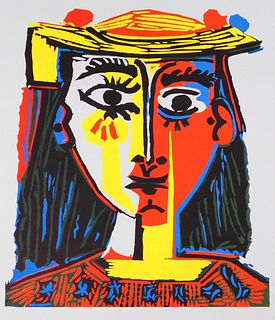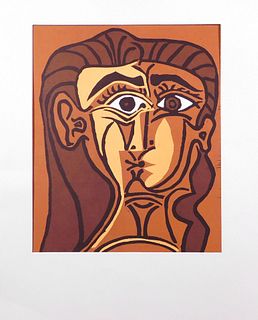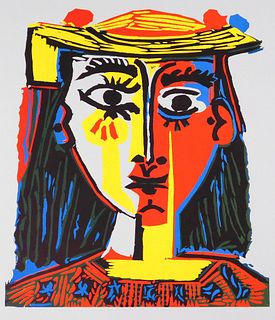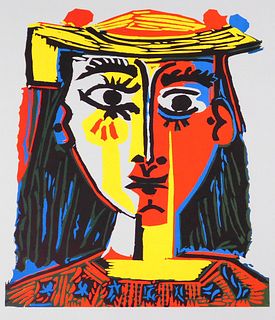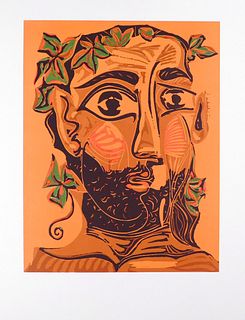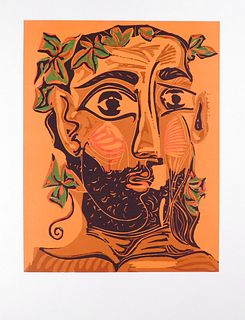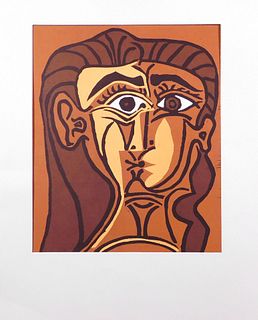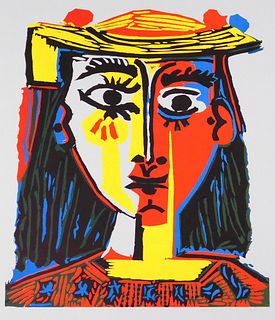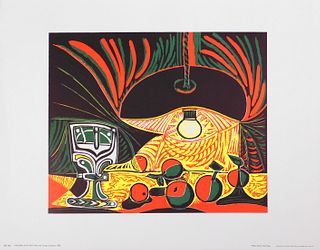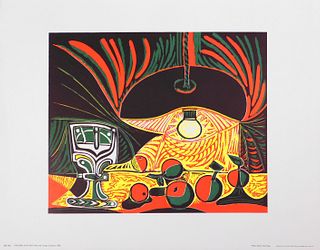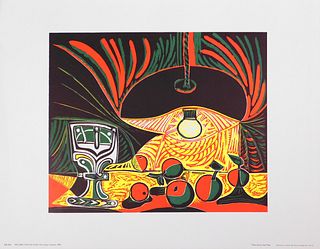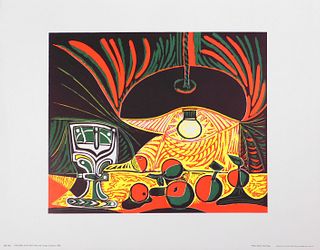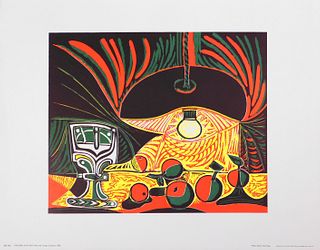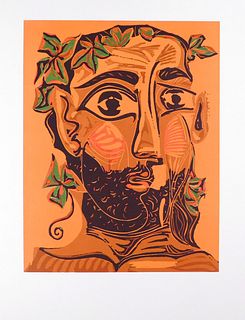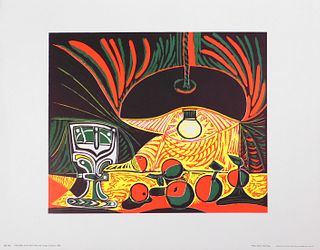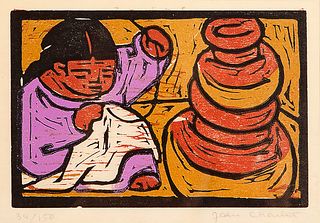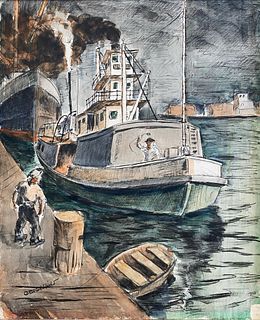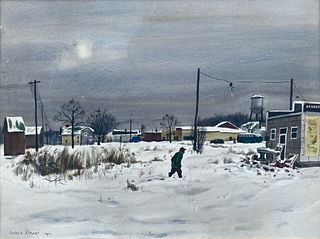63 Results
Sort by
-
 Estimate$800 - $1,200
Estimate$800 - $1,200 -
 Estimate$1,500 - $3,000
Estimate$1,500 - $3,000 -
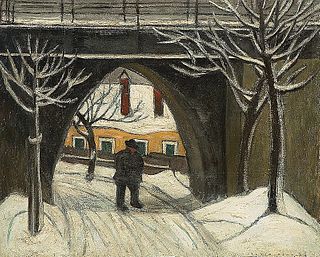 EstimateEUR€4,000 - EUR€8,000 $4,301.08 - $8,602.15
EstimateEUR€4,000 - EUR€8,000 $4,301.08 - $8,602.15 -
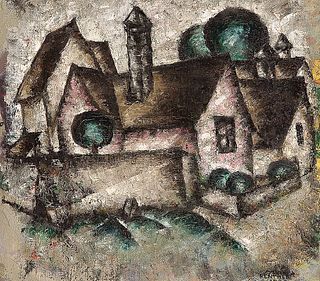 EstimateEUR€3,000 - EUR€6,000 $3,225.81 - $6,451.61
EstimateEUR€3,000 - EUR€6,000 $3,225.81 - $6,451.61 -
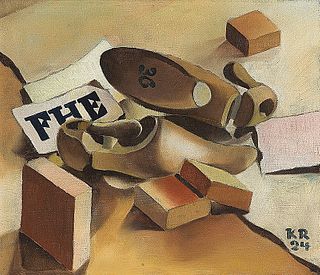 EstimateEUR€8,000 - EUR€14,000 $8,602.15 - $15,053.76
EstimateEUR€8,000 - EUR€14,000 $8,602.15 - $15,053.76 -
 EstimateEUR€200 - EUR€400 $215.05 - $430.11
EstimateEUR€200 - EUR€400 $215.05 - $430.11 -
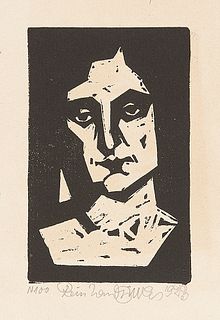 EstimateEUR€200 - EUR€400 $215.05 - $430.11
EstimateEUR€200 - EUR€400 $215.05 - $430.11 -
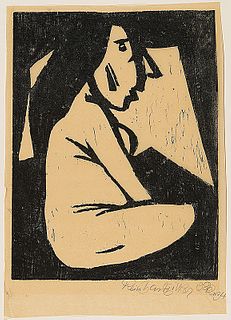 EstimateEUR€200 - EUR€400 $215.05 - $430.11
EstimateEUR€200 - EUR€400 $215.05 - $430.11 -
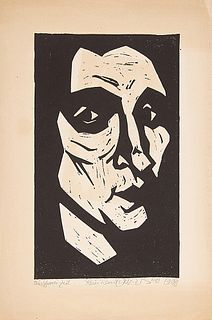 EstimateEUR€200 - EUR€400 $215.05 - $430.11
EstimateEUR€200 - EUR€400 $215.05 - $430.11 -
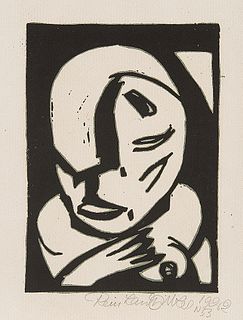 EstimateEUR€200 - EUR€400 $215.05 - $430.11
EstimateEUR€200 - EUR€400 $215.05 - $430.11 -
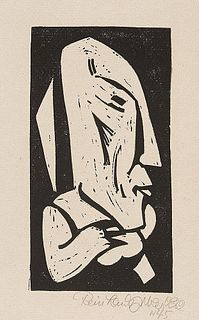 EstimateEUR€200 - EUR€400 $215.05 - $430.11
EstimateEUR€200 - EUR€400 $215.05 - $430.11 -
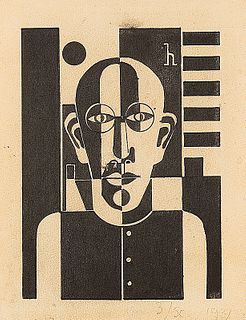 EstimateEUR€800 - EUR€1,600 $860.22 - $1,720.43
EstimateEUR€800 - EUR€1,600 $860.22 - $1,720.43



 EUR
EUR CAD
CAD AUD
AUD GBP
GBP MXN
MXN HKD
HKD CNY
CNY MYR
MYR SEK
SEK SGD
SGD CHF
CHF THB
THB Live Auction in Progress
Live Auction in Progress